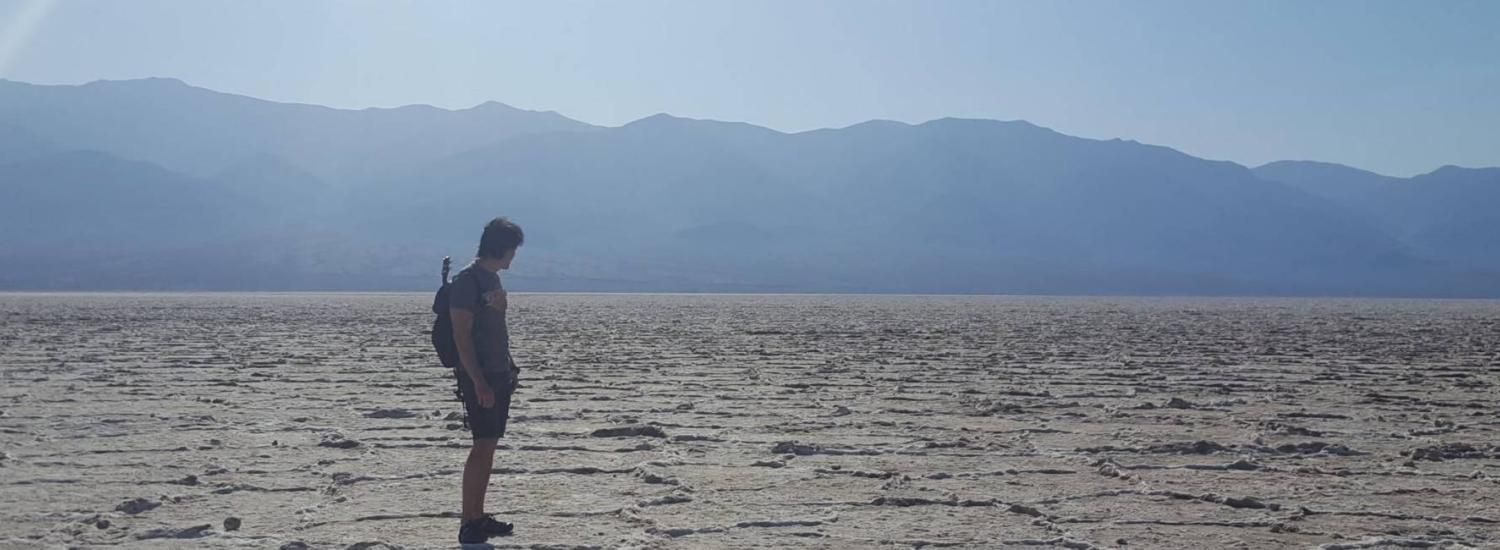Fast-onset droughts are accelerating
CU Boulder team finds fast-evolving drying events are becoming more common

Despite past thinking that drought is a slow process taking multiple seasons or years to fully develop, fast-evolving drying events are becoming increasingly common, according to new research led by USGS’ North Central Climate Adaptation Science Center (NC CASC), hosted at CIRES, and CIRES' Earth Lab. The team, led by CIRES’ Virginia Iglesias, evaluated drought intensification rates for the contiguous United States. They found that, while typical drought (the statistical median drought) onset rates did not change significantly from 1951 - 2021, intensification rates of the faster-onset droughts have accelerated, especially in the last decade (2011 - 2021). In fact, their onset rates were the fastest in the last 70 years.
What drives these faster developing droughts? Changes in temperature and precipitation are key, but when coupled with atmosphere-ocean interactions, like El Niño in the equatorial Pacific Ocean, that can also drive soil moisture changes. While El Niño operates on the sub-decadal scale (every 3 - 5 years), other atmosphere-ocean interactions like the Pacific Decadal Oscillation, in the northern Pacific Ocean, and the Atlantic Multidecadal Oscillation, in the North Atlantic Ocean, can explain over half of the variance (how the data points vary from the average) in multidecadal drought frequency. In other words, what’s happening in the ocean can modulate the speed of continental drought development.
The results presented in this new research also suggest that warmer droughts, which tend to be worse, also set in faster. So while the development of droughts has sped up in the last few decades - and now set in even faster - the Earth’s warmer future almost certainly means more quick-onset droughts, events that can catch farmers, water managers and others off-guard. Iglesias and coauthor, CIRES' WIlliam Travis said, “Faster droughts are not necessarily more intense events, but with a warmer atmosphere drying out the soil more quickly, future droughts are likely to set-in faster and become more intense.” Coupled with the difficulty of forecasting droughts, rapid onset of drought events will pose a bigger challenge to forecasters and resource managers as the climate warms.
This story was modified from an NC CASC research highlight. Continue reading here.